National Invasive Species Awareness Week (Tháng hai 24-28, 2020) kicks off today!
Each year, folks around the country take a week to consider the many impacts that non-native invasive species have on our communities, working lands, natural areas, and pocketbooks. So take a moment to celebrate with the WeedWise Program to learn a little more about the invasive species impacting our area. You might also learn how you can join your friends and neighbors in preventing the impact of these invasive weeds.
Why Should We Worry About Invasive Species?
A recent study found an estimated annual loss of almost $83.5 million in personal income to Oregon’s economy from just 25 selected weed species. These costs are estimated to balloon to $1.8 billion if invasive weeds are left untreated. We all foot the bill for invasive species through increased food costs, increased costs of natural resources, higher taxes, and decreased property values. These impacts clearly show the economic benefits associated with controlling invasive weeds.
Invasive weeds not only impact our finances, but they also impact the livability of our communities. Invasive weeds like blackberry and gorse have long thorns that limit our ability to enjoy our open spaces and natural areas. While other invasive weeds like giant hogweed and spurge laurel can cause burns or rashes if we come into contact with them.
Invasive species also impact the natural beauty of the landscape. They replace our native plants, that fish and wildlife depend upon for food and shelter. In this way, invasive weeds replace our natural wonders with a degraded landscape that is less “Oregon-like”.
So join your friends and neighbors in helping to stop the Silent Invasion!
Mười cách bạn có thể giúp đỡ
- Learn about invasive weed species, especially those found in your region. Check out the WeedWise website for more information, or attend the Columbia Gorge CWMA Invasive Species and Exotic Pest Workshop being held during NISAW!
- Learn more about invasive pests that threaten our crops and trees through the Oregon Forest Pest Detector program.
- Clean hiking boots, waders, boats and trailers, off-road vehicles and other gear to stop invasive species from hitching a ride to a new location. Learn more at PlayCleanGo.org.
- Tránh đổ bể cá hoặc mồi sống xuống đường thủy. Tìm hiểu thêm tại Habitattitude.org.
- Đừng di chuyển củi – thay vào đó, hãy mua củi ở nơi bạn sẽ đốt hoặc tập trung tại chỗ khi được phép. Tìm hiểu thêm tại DontMoveFirewood.org.
- Use forage, hay, mulch, and soil that are certified as “weed-free.”
- Chỉ trồng những loại cây không xâm lấn trong vườn và loại bỏ bất kỳ loài xâm lấn nào được biết đến.
- Report new or expanded invasive species outbreaks to the Oregon Invasive Species Hotline. Early detection is the key to success!
- Volunteer to help remove invasive species in our open spaces and natural areas. Contact your local watershed council or visit the SOLVE website for volunteer opportunities near you!
- Talk to your friends, family, and neighbors about invasive species and the impact they have on our state.
Register for one or all NISAW webinars:
Thứ hai, Tháng hai 24, 2020
9:00 AM – 10:00 AM PST
What is The National Invasive Species Council?
11:00 AM – 12:30 PM PST
Challenges and New Technology for Managing Invasive Fish
Thứ ba, Tháng hai 25, 2020
11:00 AM – 12:00 PM PST
Regulations That Apply to Moving Firewood Right Now
Thứ Tư, Tháng hai 26, 2020
11:00 AM – 12:00 PM PST
Overcoming triclopyr confusion: safety, efficacy, and selectivity issues for applicators
Thứ năm, Tháng hai 27, 2020
11:00 AM – 12:30 PM PST
Investigating the Health Effects of Glyphosate
Thứ sáu, Tháng hai 28, 2020
11:00 PM – 12:00 PM PST
Pathways, Coordination, and Legislation Update of Aquatic Invasive Species Prevention and Management
Want to learn more?
Check out this great introduction from Oregon Public Broadcasting’s program and watch the entire episode on the Silent Invasion site!

